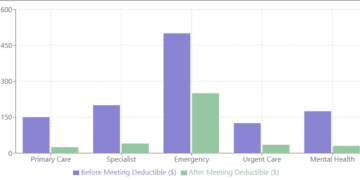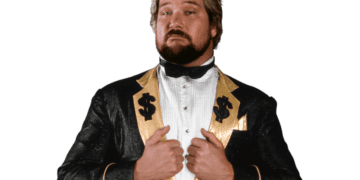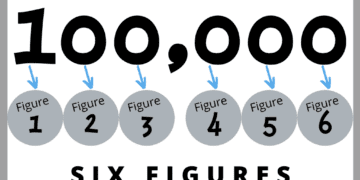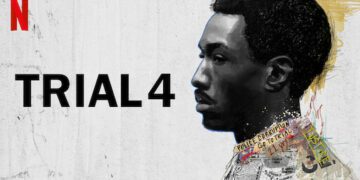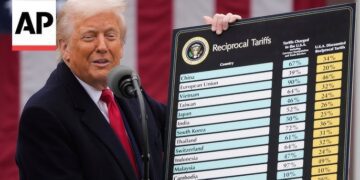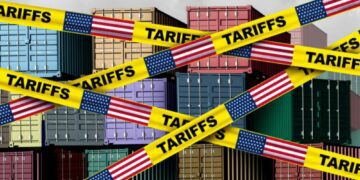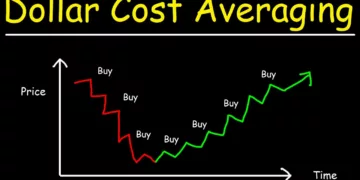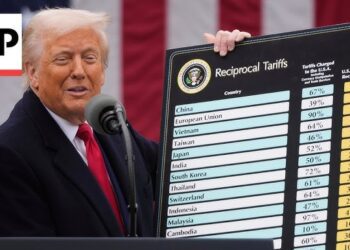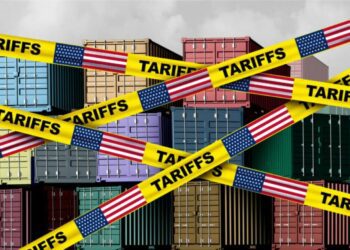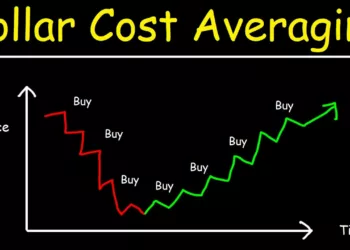As a professional trader and investor, I’ve learned that successful money management isn’t just about making the right trades – it’s about creating a comprehensive financial ecosystem that works in harmony. Today, I’m sharing my personal approach to managing my finances in 2025, based on my experiences and the systems I’ve developed. While I’m not a licensed financial advisor, I believe sharing our personal journeys can inspire others to think more deeply about their own financial planning.
The Foundation of Effective Money Management
Before diving into the specifics, it’s important to understand that my approach is built on three core principles that I’ve developed through years of trading and investing:
“The best investment you can make is in yourself. The more you learn, the more you earn.” – Warren Buffett
- Systematic organization
- Data-driven decision making
- Risk-aware planning
Creating a Dynamic Money Management System
One of the most crucial aspects of my financial planning for 2025 is maintaining a dynamic budgeting system. I’ve developed custom spreadsheets that help me track various aspects of my finances. Let’s break down the key components:
Income Tracking and Allocation
Based on my spreadsheet system, I allocate my income using specific percentages:
| Category | Allocation | Purpose |
| Emergency Fund | 50% | Based on base salary (excluding bonuses) |
| Housing Costs | 30% | Mortgage/rent from gross annual income |
| Vehicle Expenses | 10% | Car purchases and maintenance |
| Investments | Variable | Remaining funds after essential expenses |
The Section 1256 Strategy
One unique aspect of my trading approach involves utilizing Section 1256 contracts. These instruments offer a significant tax advantage through the 60/40 rule, which can result in substantial savings:
| Income Bracket | Blended Rate | Potential Savings |
| $0 – $10,275 | 4% | 6% |
| $10,276 – $41,775 | 4.8% | 7.2% |
| $41,776 – $89,075 | 17.8% | 4.2% |
| $215,951+ | 26.8% | 10.2% |
Smart Money Management Through Credit Utilization
One aspect of my financial strategy that I’m particularly focused on for 2025 is maintaining optimal credit utilization. Here’s my current active credit portfolio:
- Citi Custom Cash: $990 limit
- Capital One Venture X: $9,000 limit
- Marriott Bonvoy Boundless: $5,850 limit
(Limit’s are 30% of the total credit)
I maintain a strict rule of using no more than 30% of any card’s credit limit, which helps maintain a strong credit profile while providing flexibility for opportunities.
Emergency Fund Strategy
My approach to emergency funds is more conservative than many traditional recommendations. I maintain 50% of my base salary in readily accessible funds, split across high-yield money market funds and savings accounts.
Investment Account Structure
For 2025, I’ve structured my investment accounts to maximize efficiency and maintain clear separation of funds:
- Trades Account: Active trading positions
- Long-term Investments Account: Buy-and-hold positions
- Emergency Fund Account: Liquid savings
- Operating Account: Day-to-day expenses
- Variable Expenses Account: Flexible spending
Retirement Planning Integration
A crucial part of my money management strategy involves retirement planning. I follow a modified version of the 4% rule:
“My withdrawal rate calculation: 80% * Current US Interest Rate Decision” – Van Phillips
This adaptive approach allows my withdrawal strategy to flex with changing economic conditions.
Risk Management and Diversification
Risk management is paramount in my strategy. Here’s how I approach it:
- Position Sizing: No single position exceeds 2% of total portfolio value
- Sector Allocation: Maximum 25% exposure to any single sector
- Cash Reserve: Maintaining 15-20% cash position for opportunities
Monthly Budget Implementation
My monthly budget follows a structured approach to ensure all bases are covered:
- Living Expenses: 85%
- Savings/Investments: 15%
Looking Ahead: 2025 Money Management Goals
For 2025, I’ve set several specific financial targets:
- Increase emergency fund to cover 8 months of expenses
- Maintain credit utilization below 20%
- Achieve 50% savings rate of post-tax income
- Develop additional income streams through dividend investments
Technology Integration in Money Management
To execute this plan effectively, I use several digital tools:
- Empower: Portfolio tracking and net worth monitoring
- Schwab: Banking and investment execution
- Financial Juice: News analysis
- ThinkorSwim: Active trader software
- Sierra Chart: Charting software
The Power of Regular Financial Review
One of the most important aspects of my money management strategy is regular review and adjustment. I conduct:
- Daily trade reviews
- Weekly budget checks
- Monthly expense analysis
- Quarterly portfolio rebalancing
- Annual strategy evaluation
Understanding Market Impact on Personal Finance
As a trader, I’m acutely aware of how market conditions affect personal finance strategies. For 2025, I’m particularly focused on:
- Interest rate implications on savings strategies
- Inflation impact on purchasing power
- Market volatility effects on investment allocation
Practical Implementation Steps
To put this money management strategy into practice, I follow these steps:
- Weekly financial data update in tracking spreadsheets
- Monthly review of all account balances and transactions
- Quarterly assessment of investment performance and rebalancing needs
- Annual comprehensive financial strategy review
Building Financial Resilience
My approach to building financial resilience includes:
“Risk comes from not knowing what you’re doing.” – Warren Buffett
This quote guides my approach to continuous financial education and adaptation.
The Future of Personal Money Management
As we move through 2025, I believe personal finance management will become increasingly data-driven and automated. However, the fundamental principles of sound money management remain unchanged: systematic planning, disciplined execution, and regular review.
Remember, while I’ve shared my personal approach to money management, everyone’s financial situation is unique. The strategies that work for me may need modification to suit your circumstances. The key is to develop a system that you can consistently follow and adjust as needed.
Additional Resources for Money Management Education
For those interested in learning more about personal finance management, I recommend these resources:
- Bogleheads Wiki: Comprehensive investment philosophy
- Federal Reserve Economic Data: Economic indicators and trends
- IRS Tax Topics: Tax planning and understanding
Internal links you can also checkout:
- The Complete Guide to Personal Finance: In-Depth Answers to Your Credit and Debt Questions
- Become Your Own Financial Advisor: A Comprehensive Guide to Taking Control of Your Finances
- Optimizing Your Budget and Financial Plan for Long-Term Stability
Disclaimer: This post represents my personal approach to money management and is not financial advice. Always consult with qualified financial professionals before making investment decisions.



